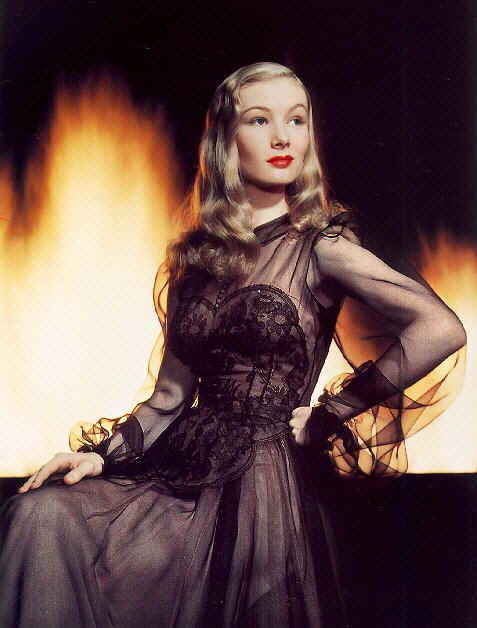(One from the vaults that seems appropriate after the ‘Cinemascope Stud’ post - originally published in the Independent on Sunday, 14 September 2003)
Living as we do in a makeover world where everything, from historic buildings to royal families, to working-class political parties has been revamped and red…


